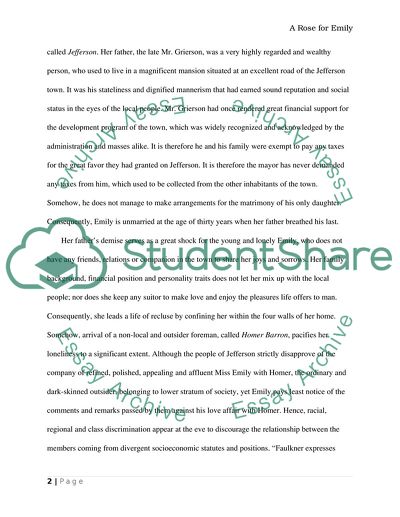Cite this document
(“Research paper on short story A Rose for Emily by William Faulkner - 1”, n.d.)
Retrieved from https://studentshare.org/literature/1586818-research-paper-on-short-story-a-rose-for-emily-by-william-faulkner
Retrieved from https://studentshare.org/literature/1586818-research-paper-on-short-story-a-rose-for-emily-by-william-faulkner
(Research Paper on Short Story A Rose for Emily by William Faulkner - 1)
https://studentshare.org/literature/1586818-research-paper-on-short-story-a-rose-for-emily-by-william-faulkner.
https://studentshare.org/literature/1586818-research-paper-on-short-story-a-rose-for-emily-by-william-faulkner.
“Research Paper on Short Story A Rose for Emily by William Faulkner - 1”, n.d. https://studentshare.org/literature/1586818-research-paper-on-short-story-a-rose-for-emily-by-william-faulkner.


